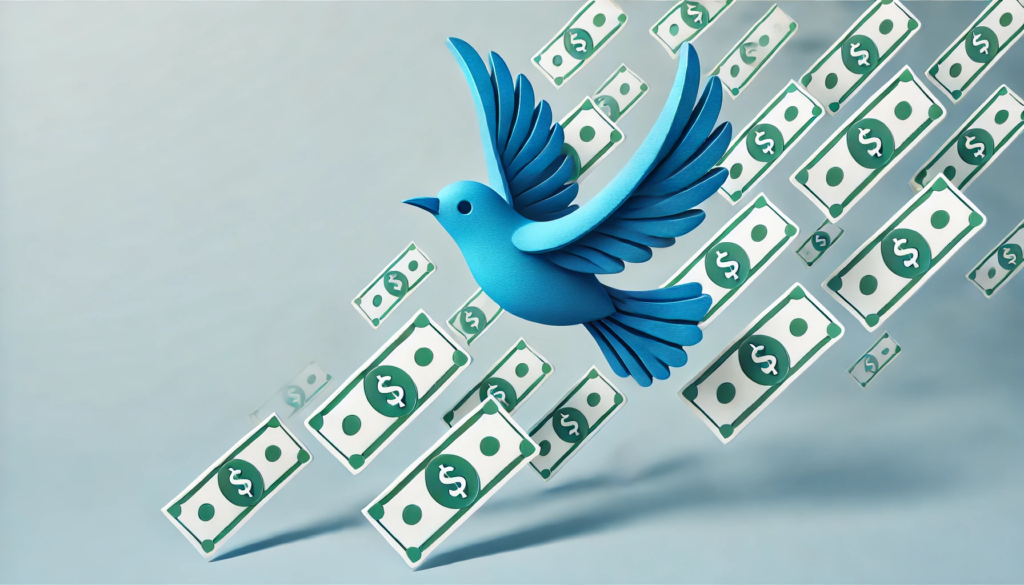
Twitter, now rebranded as X under Elon Musk, has always faced one big challenge: how to turn influence into income. Unlike platforms like Facebook and Instagram, which rake in billions, Twitter has struggled with profitability.
So, how does Twitter make money? And more importantly, is the current business model sustainable?
Let’s break it down.
The Core Revenue Stream: Advertising
For years, ads have been Twitter’s main revenue source. Brands pay to promote tweets, trends, and accounts. These ads appear in users’ timelines, search results, and even replies.
It’s a model that worked—until Musk took over.
Since the acquisition, ad revenue has plummeted. Many advertisers don’t want their brands next to hate speech, misinformation, or controversial content. Major companies like Apple and Disney pulled back.
In response, Musk has attacked advertisers, calling them out publicly and even suing some for leaving.
That’s not exactly the best way to win them back.
Subscription Models: X Premium
With ad money shrinking, Twitter/X has turned to subscriptions.
X Premium (formerly Twitter Blue) lets users pay for:
- A blue checkmark (which used to be reserved for verified public figures).
- Fewer ads.
- Longer tweets and video uploads.
- Prioritized ranking in replies and searches.
Musk has pushed hard for subscriptions, even suggesting that all users might have to pay in the future. But the reality? X Premium hasn’t been the cash cow he hoped.
Most users don’t see the value. And some paying subscribers have found their engagement actually decreasing, despite promises of boosted visibility.
Data Licensing: Selling Information
One of Twitter’s less obvious revenue streams is data licensing.
The platform generates massive amounts of real-time data, which companies and researchers can use for market analysis, AI training, and sentiment tracking.
Firms pay for access to Twitter’s API (Application Programming Interface), which allows them to analyze trends, public opinion, and user behavior.
It’s a steady revenue source, but not enough to replace lost ad dollars.
The Paywall Experiment: Will It Work?
Musk has floated the idea of putting the entire platform behind a paywall.
His reasoning? Bots and spam accounts wouldn’t be able to flood Twitter if every user had to pay a small monthly fee.
But would people actually pay?
Probably not.
Twitter/X thrives on engagement. If even a fraction of users refuse to pay, activity could plummet, making the platform far less valuable to advertisers and content creators.
Can Twitter Survive?
Musk is trying to reinvent Twitter’s business model, but the results so far are mixed.
Ad revenue is still king, but it’s falling fast. Subscriptions aren’t making up the difference. And new experiments, like paywalls and AI integration, are risky bets.
The bigger question? How long can X operate at a loss?
Because right now, Twitter isn’t just trying to make money—it’s trying to stop losing it.





